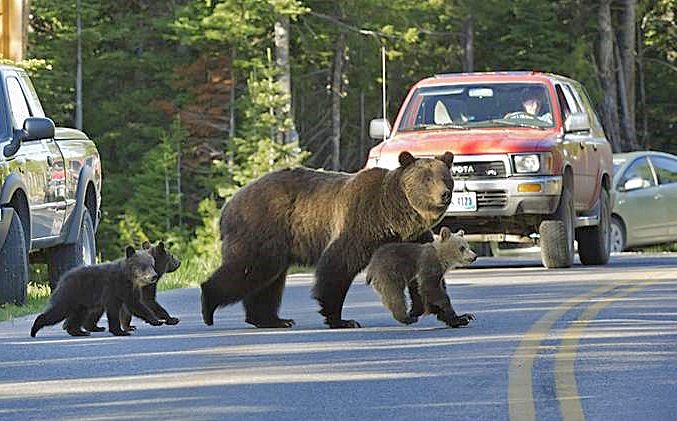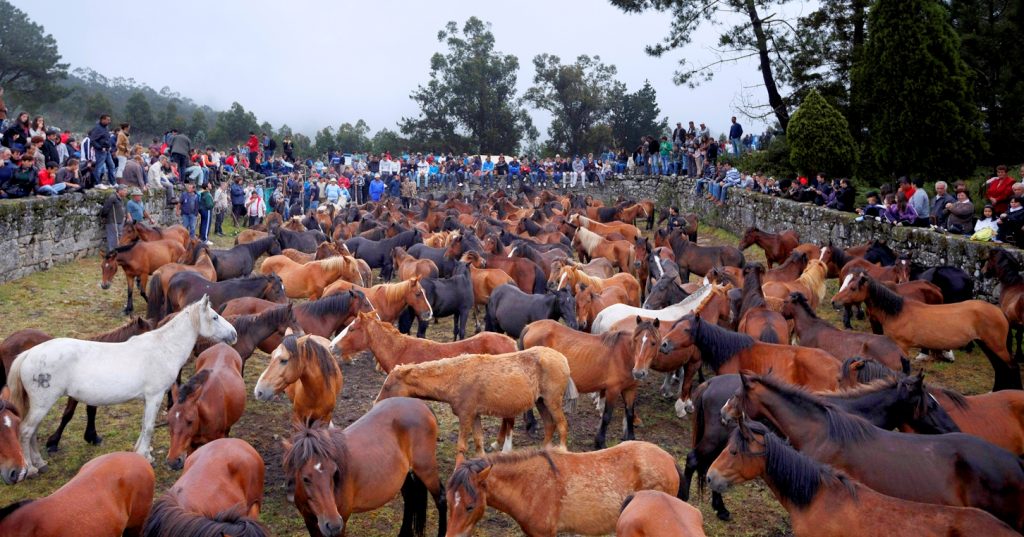Skipwith, echoing the Fish and Wildlife Service’s long-held policy, told the AP the wolf has “biologically recovered” and that its removal from the list would demonstrate the effectiveness of the Endangered Species Act.
The Trump administration plans to lift endangered species protections for gray wolves across most of the nation by the end of the year, the director of the Fish and Wildlife Service said yesterday.
“We’re working hard to have this done by the end of the year, and I’d say it’s very imminent,” Aurelia Skipwith told the Associated Press in a phone interview yesterday.
The administration also is pushing ahead with a rollback of protections for migratory birds despite a recent setback in federal court, she said.
The Fish and Wildlife Service last year proposed dropping the wolf from the endangered list in the lower 48 states, exempting a small population of Mexican wolves in the Southwest. It was the latest of numerous attempts to return management authority to the states — moves that courts have repeatedly rejected after opponents filed lawsuits.
Shot, trapped and poisoned to near extinction in the last century, wolves in recent decades rebounded in the western Great Lakes region and portions of the West, the total population exceeding 6,000. They have been removed from the endangered list in Montana; Idaho; Wyoming; and portions of Oregon, Utah and Washington state.
Federal protections remain elsewhere.
A federal judge in 2014 restored protection for the animals in Michigan, Minnesota and Wisconsin, a decision upheld by an appeals court in 2017.
Skipwith, echoing the Fish and Wildlife Service’s long-held policy, told the AP the wolf has “biologically recovered” and that its removal from the list would demonstrate the effectiveness of the Endangered Species Act.
But the Humane Society of the United States and other wildlife protection groups contend wolves are still vulnerable. Dropping protections across the Lower 48 would doom any chances of their spreading to other states where they could thrive if humans allowed it, they say.
A final decision had been expected last spring, but the service is taking extra time to review the science behind its position and issues raised in court rulings, Skipwith said.
“We just want to be sure we’re covering all the bases,” she said. “When groups want to come in and sue because of such a success, it takes away resources from species that need them.”
We respect your reading experience, and have refrained from putting up a paywall and obnoxious advertisements, which means that we get by on small donations from people like you. We’re not asking for much, but any amount that you can give goes a long way to securing a better future for the people who make America great.
[paypal_donation_button]
For as little as $1 you can support Free Range Report, and it takes only a moment.



